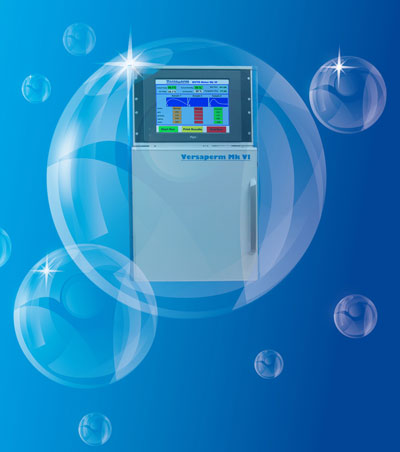Why All Seals, O-Rings, Joints and Mastics Let In Water

Click
on the image to download a print quality scan
No matter how well they are made or what precautions you take all seals let in water simply because, unlike liquid water, water vapour can permeate through the materials themselves. Some materials that you would expect to keep water out – such as cellulose, EVOH, PVOH, present almost no barrier to water vapour.
So it's crucial to use the right material for your application and to check that each batch performs to the same standard, all-to-often they don't. That's where Versaperm Limited comes in as it has introduced a simple way to test samples components and even finished products with a single, fast, piece of equipment.
The new Versaperm's Vapour Transmission meter can deal with several samples, seals or enclosures at a time, often giving a reading in as little as 30 minutes. Accuracies are usually in the PPM (Parts Per Million) range.
Seals and enclosures can be highly sensitive to changes in pressure, temperature and other conditions. Worse still, manufacturing processes such as thermoforming can degrade the performance of materials to a quarter of their original value. Testing is the only way to ensure that a seal is fit-for-purpose and that Quality Control is being maintained.
Versaperm's permeability meters can be configured to detect not only water vapour, but also hydrocarbon vapours, oxygen, CO2 and almost any other vapour.
As well as manufacturing the instruments, Versaperm offers a vapour permeability laboratory service for companies that only need to test samples on an irregular basis.
ENDS
Please send
any sales enquiries to Christopher Roberts, Versaperm Limited ,
10 Rawcliffe House, Howarth Road, Maidenhead, Berkshire, SL6 1AP, UK, Tel: +44 (0) 1628 777668,
e.mail info@versaperm.co.uk
Web http://www.versaperm.co.uk
For further
Press Information please contact Gerry Palmer @ the Palmer & Rose
Partnership. Tel +44 (0) 1494 637499, e.mail gerry@palmer-rose.co.uk.
|

